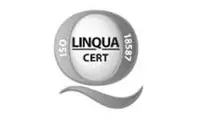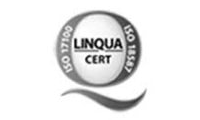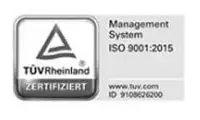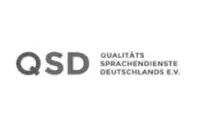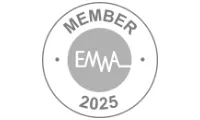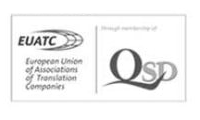Revision – proofreading

Revision – document check – proofreading?
What is hiding behind these terms and when is which service needed?
Options for review
- Revision according to DIN EN ISO 17100 is a bilingual review (source text against target text) by a reviewer who is an independent second technical translator.
- A document check is a monolingual review – a check of typesetting and line breaks – before printing.
- Proofreading is a monolingual review of the source text or translation from a linguistic perspective.
The use of the translation is critical
SIMPLE TRANSLATION FOR INFORMATION PURPOSES
If the translation is only needed for information purposes, neither revision nor any other type of review of the translation is needed.
In this case, a simple translation by one technical translator or even a machine translation with light post editing is sufficient.
HIGH-QUALITY TRANSLATION FOR PUBLICATION
However, if the translation is intended for publication, for example for authorities or specialist journals, a flawless, high-quality translation is expected.
The minimum requirement for a high-quality translation service is revision according to DIN EN ISO 17100, which provides for a bilingual review (source text against target text) by a reviewer – an independent second technical translator.
We can even review existing translations in 150 languages if you’re not sure about the quality of the translation.

